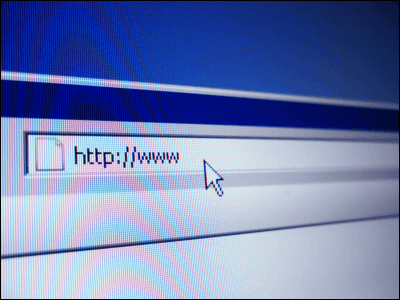What is the current performance of 'HTTP / 3' aimed at speeding up websites?

The next-generation version of
Comparing HTTP / 3 vs. HTTP / 2 Performance
https://blog.cloudflare.com/http-3-vs-http-2/
At the time of writing the article, HTTP / 3 is a protocol under specification, and many browsers have only experimental support. You can understand the history of HTTP and HTTP / 3 by reading the following articles.
How HTTP communication that supports the web is evolving-GIGAZINE

Prior to HTTP / 2, when packet loss occurred at the

With HTTP / 3, this HOL blocking problem is solved, and packet loss will not affect other HTTP communication.

In addition,

While HTTP / 2 uses conventional TCP for the transport layer, HTTP / 3 uses QUIC, which is a new protocol, so there is a difference in the progress of optimization due to congestion control etc. . When Cloudflare tested the time it took to display the page, on a page with a data capacity of 15KB, HTTP / 2 averages 458 milliseconds, whereas HTTP / 3 averages 443 milliseconds.

On a 1MB page, HTTP / 2 is 2.3 seconds on average, HTTP / 3 is 2.33 seconds on average, and HTTP / 2 is faster.

In order to test in a more realistic state than in a test environment, Cloudflare decided to measure the performance when displaying '

Cloudflare commented, 'We are pleased to help drive the new specification of HTTP / 3 and are looking for ways to leverage HTTP / 3 for better performance.'
Related Posts:
in Software, Posted by darkhorse_log






